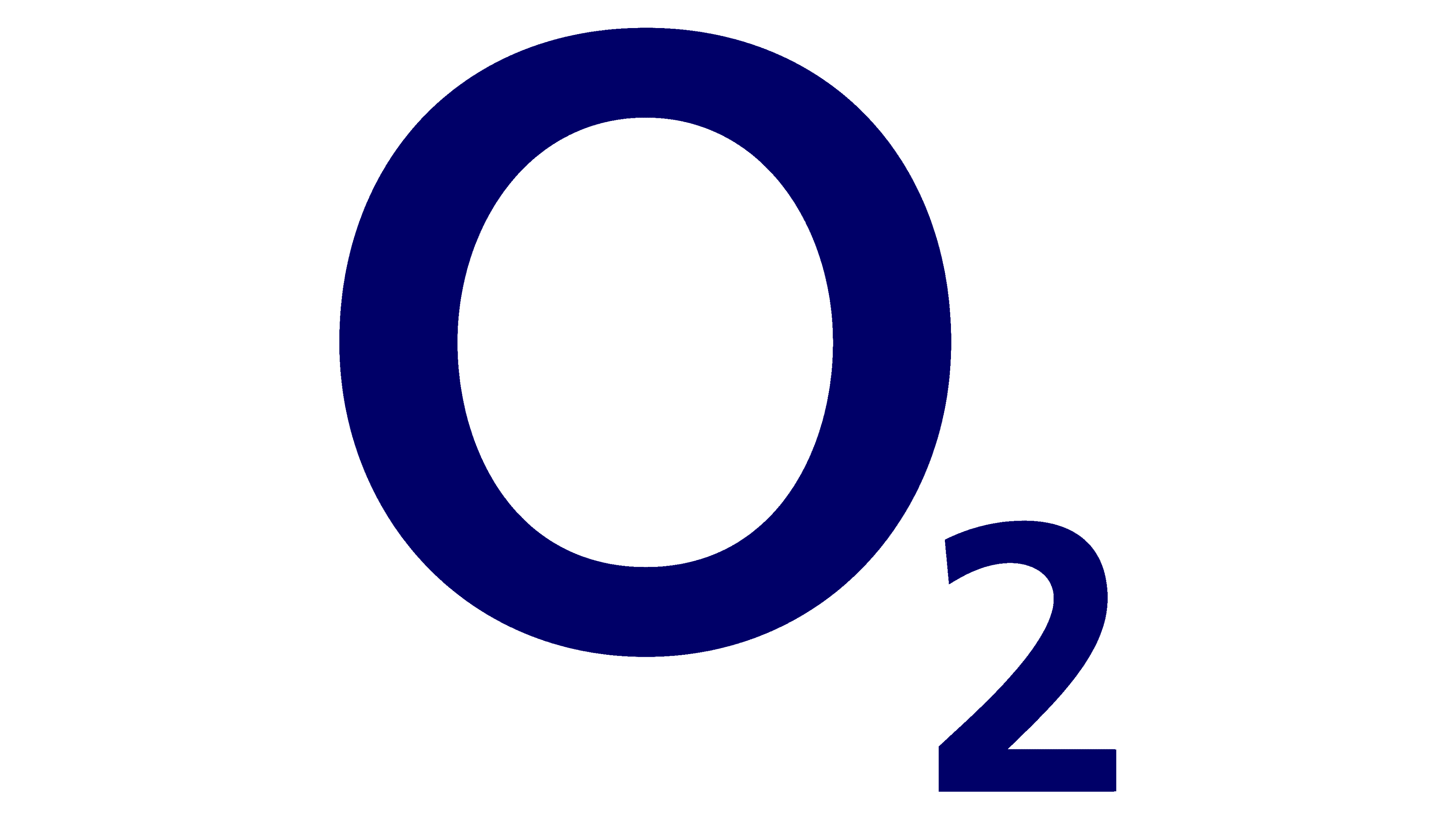O2 Logo
O2 is a telecommunications brand widely recognized in Europe. Telefonica, a global telecommunications company, created it. The brand initially launched in the UK. It was designed to provide mobile network services and broadband solutions. O2 offers various telecommunications services without elaborate descriptions, focusing purely on connectivity and customer service.
Meaning and History
O2 originated from the old BT Cellnet, evolving into a distinct brand following its rebranding in 2002. This transformation aimed to refresh its market identity and align more closely with evolving digital services. The launch marked a significant shift towards offering integrated telecommunications solutions. O2 has since expanded into international markets, including Germany and the Czech Republic. Major milestones include the sponsorship of London’s Millennium Dome, rebranded as The O2 Arena in 2005, which underscored its commitment to enhancing brand visibility and consumer engagement.
What is O2?
O2 is a prominent telecommunications provider offering mobile and broadband services primarily in the UK. It operates under the global Telefonica umbrella. The brand is committed to delivering superior customer service and connectivity. O2 is not just a network; it also actively sponsors major entertainment venues, enhancing its public profile and community presence.
1985 – 1988
The logo is a stark, high-contrast piece featuring a geometric design. Six hexagons cluster together, forming a honeycomb pattern. Beneath this design, bold, capitalized lettering spells out “Cellnet.” The entire logo uses a monochromatic scheme, starkly outlined in black against a white background, emphasizing a modern and technical aesthetic. The hexagonal shapes suggest connectivity and network strength, indicative of the brand’s telecommunication services. This minimalist yet meaningful design encapsulates the essence of the brand’s identity.
1985 – 1990
The refreshed logo introduces a vibrant azure hue, replacing the stark black. This color choice injects energy and a sense of innovation. The hexagonal pattern remains, suggesting stable connectivity, but now the shapes radiate with this new, lively blue. “Cellnet” appears in a lighter shade, enhancing readability and approachability. The use of color in this logo revision suggests a more dynamic and customer-friendly brand image, moving away from the formality of monochrome. This redesign represents evolution while maintaining the core visual theme of interconnectedness.
1988 – 1990
The logo features a cluster of hexagons arranged to form what resembles a three-dimensional cube or a geometric blossom. This pattern stands above the brand name “Cellnet,” which is written in a sturdy, all-caps font. The design is entirely in black, which creates a strong contrast and a sense of boldness. This contrast underlines the logo’s simplicity and the company’s direct approach. The hexagons, often associated with stability and efficiency, symbolize a network’s intricacy and connectivity. The choice of a monochromatic palette and a straightforward typeface reflects a no-nonsense, dependable brand identity.
1990 – 1999
The new logo design presents a radical departure from its predecessors, embracing a dynamic, abstract form. A swirl of lines in shades of purple and teal creates an optical illusion of movement. This design signifies technological fluidity and innovation. The ‘cellnet’ text now appears in lowercase, a shift towards a more modern, approachable brand. These changes reflect a company in tune with contemporary design trends, aiming to appear fresh and forward-thinking in the telecommunications landscape. The visual transition from rigid geometry to fluid lines marks a significant rebranding effort.
1999 – 2002
The logo marries boldness with movement, featuring the acronym “BT” in a dark blue, signifying trust and professionalism. “cellnet” follows in vibrant red, styled in a lively, sans-serif font, conveying energy and modernity. A dynamic human figure, outlined in blue, reaches upward, gracefully interacting with a celestial red swoosh that doubles as a sound wave. This figure with a raised arm and a stylized instrument conveys progress and the human element in technology. The design balances corporate strength with the flair of personal touch, symbolizing a commitment to connecting people through technology. It represents a narrative of growth, connectivity, and innovation in telecommunications.
2002 – Today
The logo now showcases a minimalist design, centered around a large blue “O” and a smaller “2”. Stripping away previous imagery, it opts for simplicity and clarity. The color remains a deep blue, signifying reliability and depth. This transformation signifies a complete rebranding, focusing on the elemental and the essential. The logo forgoes any figurative graphics for a straightforward, clean typeface, indicating a modern and refined corporate identity. It represents a leap towards a more abstract and symbolic representation, hinting at a broader, more expansive vision for the brand.

















